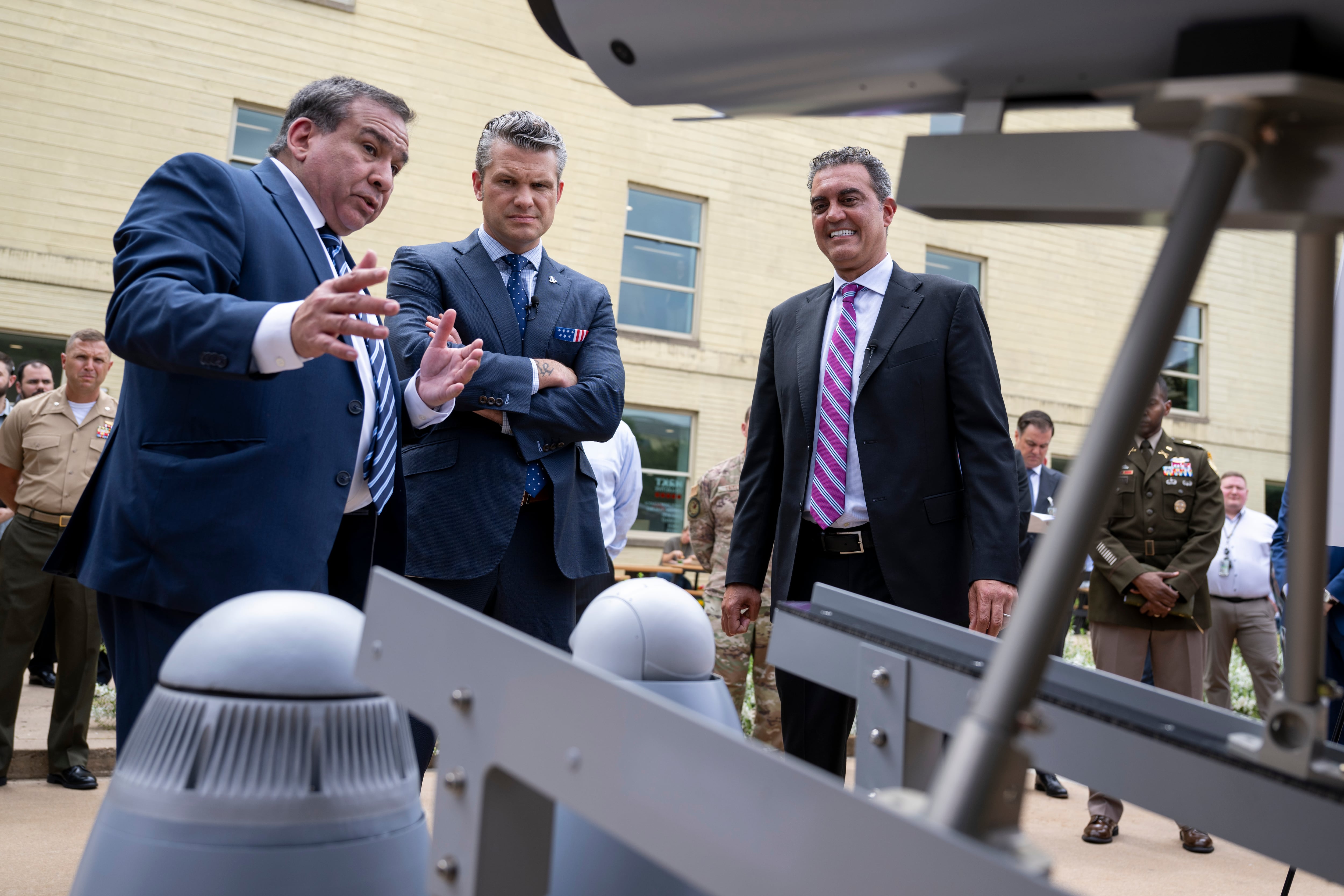The military is increasingly turning its attention to war in megacities and the issues that will bring.
Estimates are that by 2050 there could be over 50 megacities (defined by populations of more than 10 million people) and nearly 90 large cities (defined by populations of 5 million to 10 million people), meaning large urban areas will be unavoidable.
“Clearly, war in urban settings is going to happen … our military doctrine used to tell commanders to avoid cities altogether, bypass cities if you can do it,” Gen. Stephen Townsend, commander of Army Training and Doctrine Command, said via teleconference at the LANPAC conference hosted May 22 by AUSA in Honolulu, Hawaii.
“The enemy will dig into cities … clearly it will be impossible to avoid combat in large cities, in megacities in the future.”
Command and control
The problem, Townsend noted, is that the pace of operations in large cities might be too much for current command-and-control systems.
In observing Iraqi counterparts during his time as the commander of the global anti-Islamic State group coalition in Iraq and Syria, Townsend explained that maps, imagery and command-and-control systems had a hard time keeping up with the battle.
“The urban landscape changes so rapidly that our C2 systems, our targeting systems, wherever we had maps and imagery became outdated very quickly because the urban landscape was changing faster than we could update our imagery that we were looking at the battlefield with,” he said.
Communications gear
Townsend said that communications gear will be challenged in these types of environments as well. Speaking earlier this year, he said the Army’s future network in a multidomain environment, likely in a megacity, will have to be able to operate and survive in the contested environment of electronic warfare and must enable forces to be semi-independent, dispersed and capable of rapid and precise joint fires in support of maneuver.
RELATED

“As powerful as our mission command systems are, they are all challenged by the environment, the complex terrain that is a modern city and you can’t go more than about one room deep in a building without losing comms with whoever’s outside that building,” he explained.
“You can’t go more than one floor deep underground without losing comms with everybody who’s up on the surface. You can’t go more than two or three floors up without losing comms again.”
In the absence of advanced communications gear, Townsend said the idea of using mission orders to convey commander’s intent and empower soldiers at the tactical edge is how battle is going to play out in megacities.
Mark Pomerleau is a reporter for C4ISRNET, covering information warfare and cyberspace.








